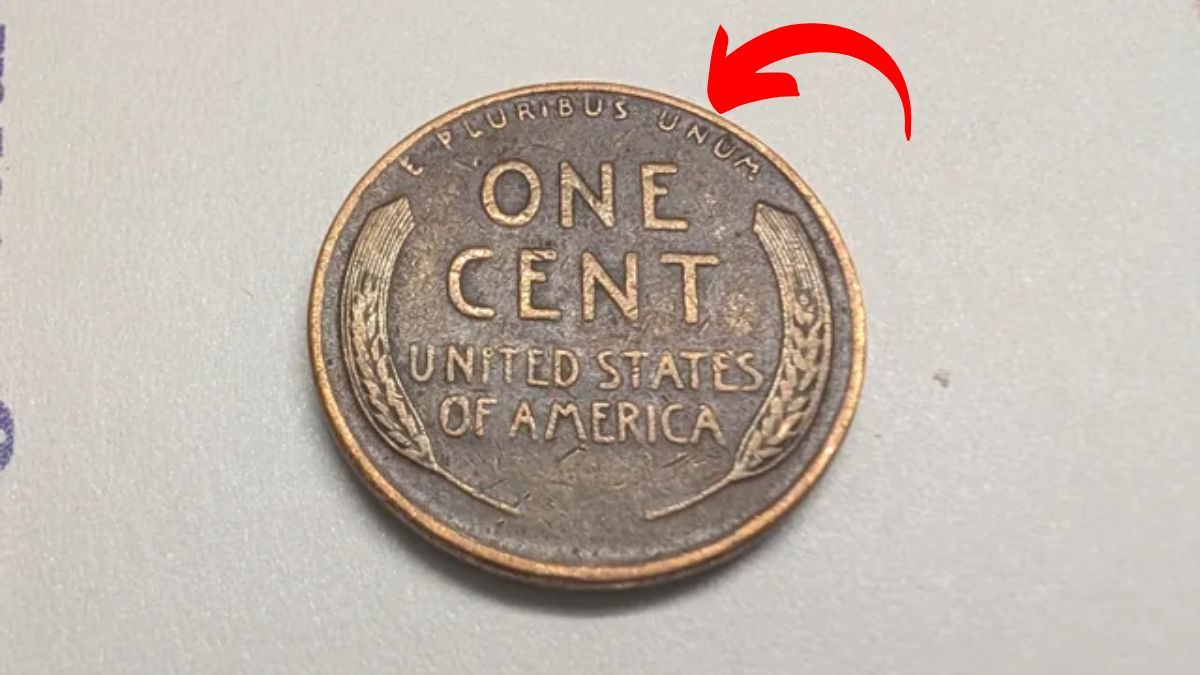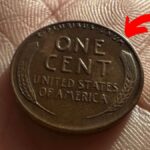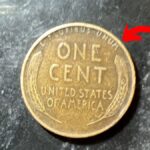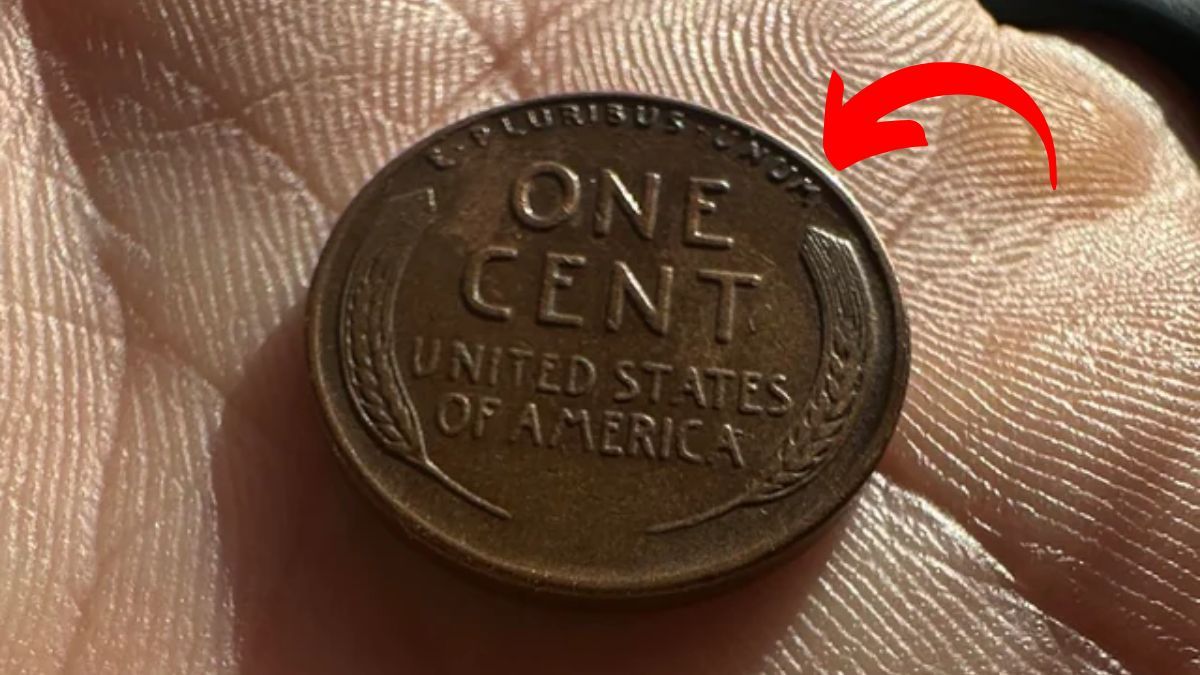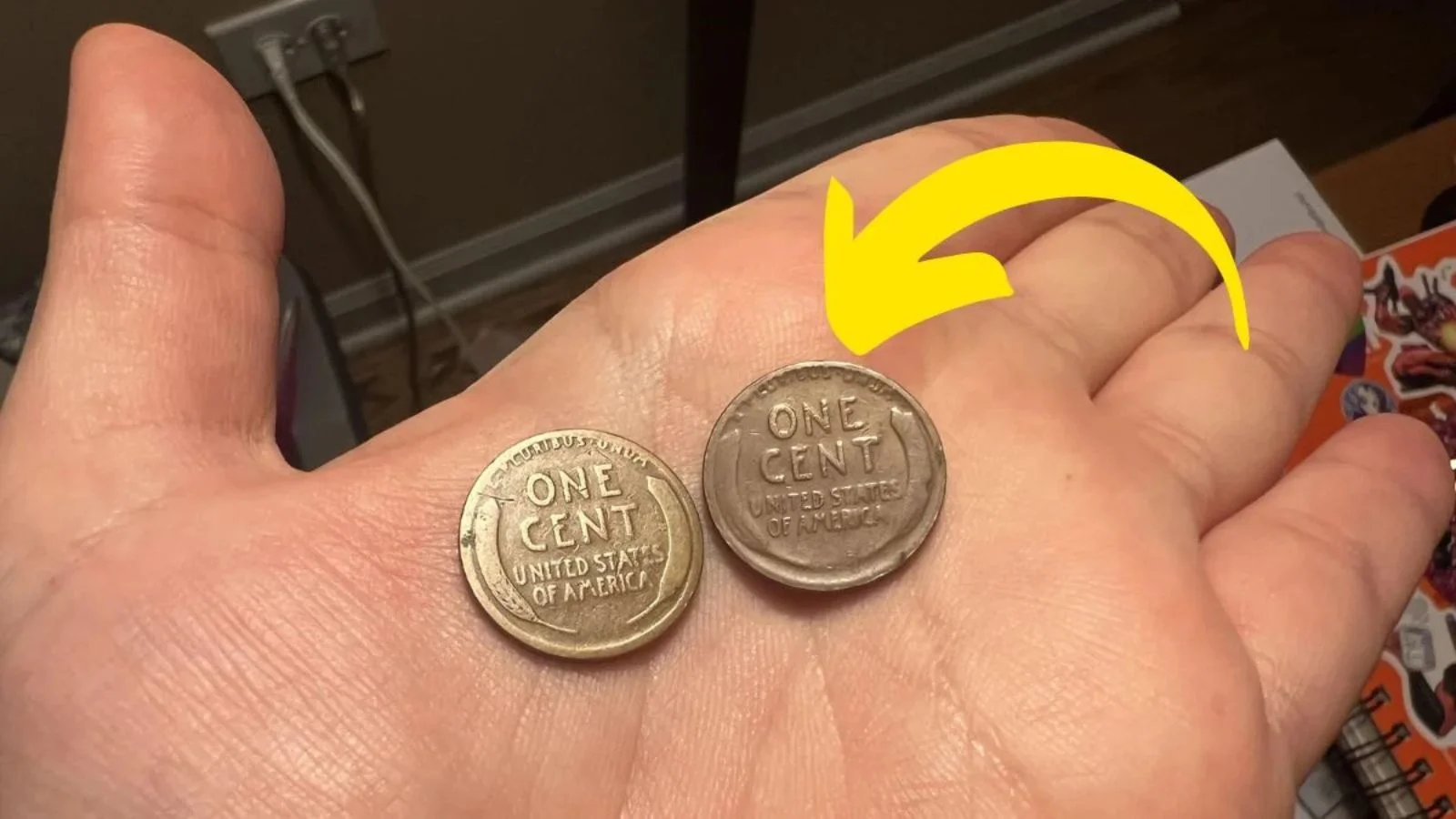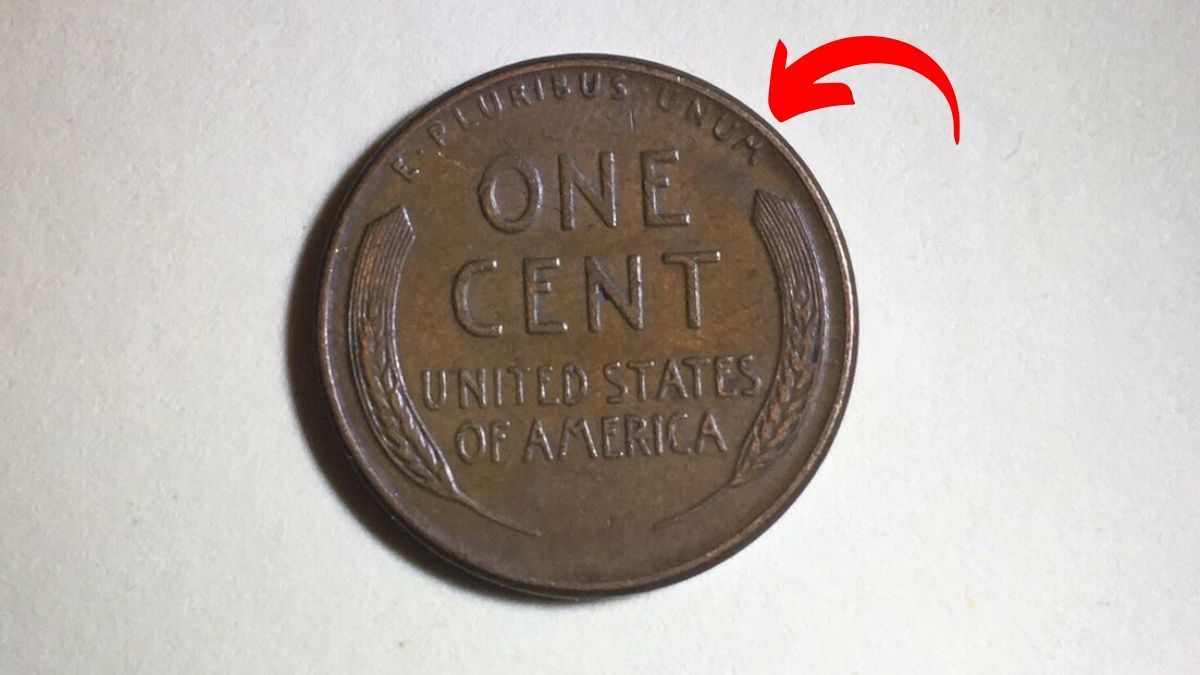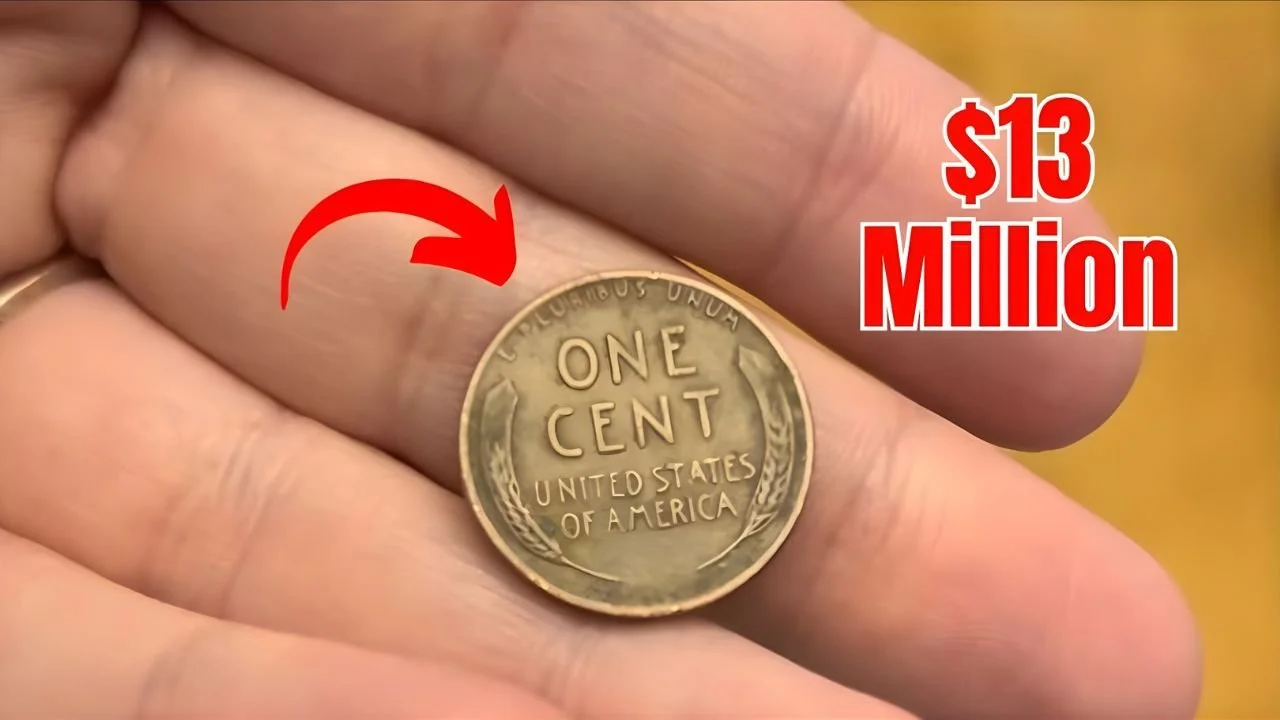The Lincoln Wheat Penny Valued at $121 Million: The Lincoln Wheat Penny stands as one of America’s most remarkable numismatic success stories, transforming from everyday pocket change into coins worth millions of dollars. What started as a modest one-cent piece in 1909 has evolved into some of the most coveted collectibles in the world, with certain examples commanding prices that rival luxury homes and exotic cars. These small copper discs represent far more than their face value, serving as tangible connections to American history and the economic challenges of different eras. The recent discussions about discontinuing penny production have only intensified interest in these historic coins, as collectors and casual observers alike wonder if they might be unknowingly carrying a fortune in their spare change.
The Birth of an American Icon
The introduction of the Lincoln Wheat Penny marked a revolutionary moment in United States currency design. Created in 1909 to celebrate the hundredth anniversary of Abraham Lincoln’s birth, this coin broke new ground by featuring an actual president instead of the symbolic figures that had previously appeared on American money. The distinguished sculptor Victor David Brenner crafted Lincoln’s portrait for the front of the coin, while the back displayed two graceful wheat stalks surrounding the denomination. This agricultural imagery perfectly captured America’s farming heritage while honoring one of the nation’s most beloved leaders. The design proved so popular and enduring that it remained virtually unchanged for nearly fifty years, spanning major historical events including two world wars and the Great Depression.
The Legendary 1943 Copper Penny Mystery
Among all the valuable Lincoln pennies, the 1943 copper version holds legendary status in the collecting world. During the Second World War, the government mandated that pennies be made from steel coated with zinc to preserve copper for military equipment and ammunition. However, a small number of copper blanks from the previous year accidentally found their way into the minting process, creating what would become the most famous error coins in American history. Only a handful of these copper pennies are known to exist, making each one extraordinarily rare and valuable. The most expensive example sold at auction brought in hundreds of thousands of dollars, and experts believe that additional specimens may still be circulating undetected, waiting to make their discoverers wealthy beyond imagination.
Other Extraordinary Wheat Penny Varieties
While the 1943 copper penny receives the most attention, several other Lincoln Wheat Penny varieties command impressive prices due to their rarity and historical significance. The 1909-S VDB penny, which bears the designer’s initials and comes from the coin’s inaugural year, can sell for substantial sums depending on its condition. The 1914-D penny from the Denver mint represents another highly sought-after variety due to its limited production numbers. The 1955 double die penny showcases a fascinating minting error that created a doubled appearance in the text and numbers, making it easily recognizable to knowledgeable collectors. The 1922 no-D penny, missing its mint mark due to excessive die polishing, rounds out the list of premium wheat pennies that regularly appear at high-end auctions and command five-figure prices.
The Ongoing Penny Debate and Its Impact
The future of penny production has become a contentious political and economic issue that directly affects the value and interest in historic Lincoln pennies. Current production costs make each new penny significantly more expensive to manufacture than its actual worth, creating an unsustainable economic situation. Some politicians and economists argue for eliminating the penny entirely, pointing to similar decisions made by other countries and the increasing prevalence of electronic payments. Others defend the penny’s continued existence, citing its importance for charitable donations, cash transactions, and maintaining stable pricing structures. Regardless of what happens to future penny production, the historical Lincoln Wheat Penny’s status as a valuable collectible seems secure, with many experts predicting that elimination of new pennies would only increase demand for vintage examples.
The Treasure Hunt Continues in Everyday Life
Perhaps the most exciting aspect of Lincoln Wheat Penny collecting is the possibility that valuable specimens continue to surface in ordinary circumstances. Stories regularly emerge of collectors discovering rare pennies in bank coin rolls, inherited collections, or even loose change from routine purchases. These discoveries prove that despite decades of active searching by collectors, significant treasures remain hidden in plain sight throughout America. Simple identification techniques can help distinguish valuable pennies from common ones, including careful examination of dates, mint marks, and checking for unusual characteristics or errors. The magnetic test provides a quick way to separate steel 1943 pennies from the valuable copper versions, while weight comparisons and magnification can reveal other important details that determine value.
Disclaimer: This article is provided for educational and informational purposes only. Coin values fluctuate based on market conditions, authenticity, rarity, and condition. Professional authentication and appraisal are strongly recommended before making any significant buying or selling decisions regarding collectible coins. The values mentioned are estimates based on historical sales data and may not reflect current market conditions.
